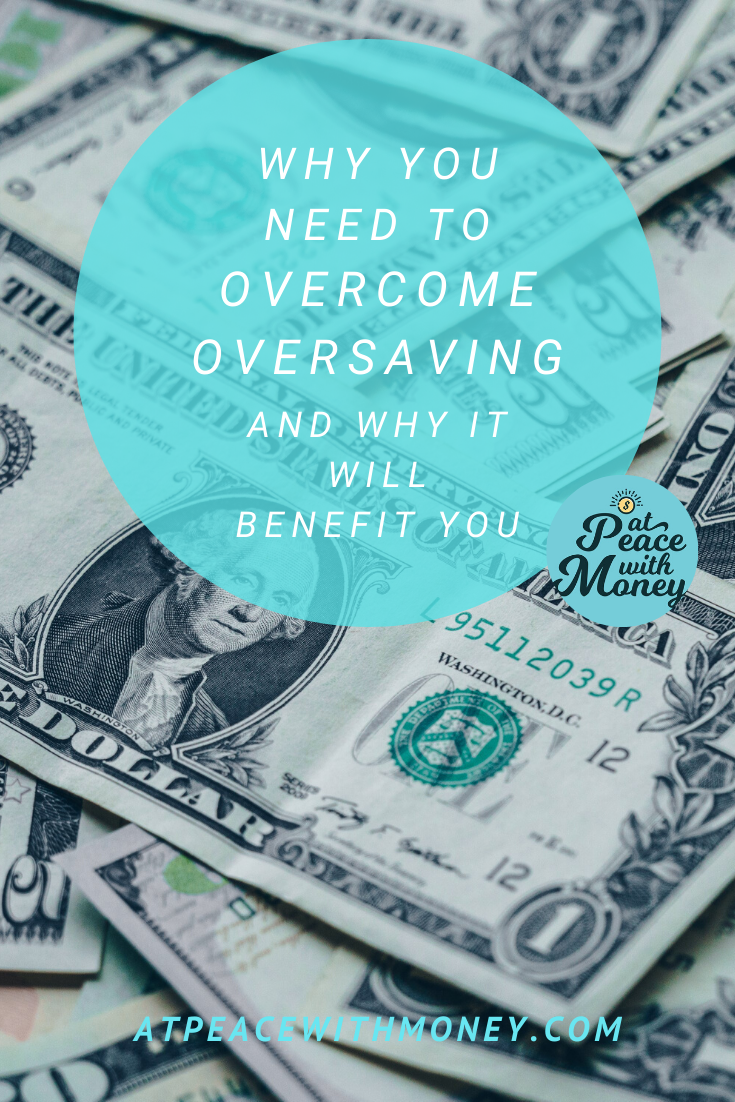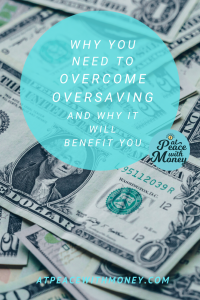How Much Should You Invest in Your Business?

When you’re feeling ready to invest in yourself or your business, the next decision to make is, “How much do I spend?” This is different for everyone, but the key is to think about how the investment will pay off. How soon can you expect a return on purchasing equipment, or more education?
Below, I have mapped out some questions for you to think through when getting ready to make an investment in a couple different categories. Having clear answers to these questions can help you make a decision on what amount will be a sound investment for your future and the future of your business.
- Buying equipment or supplies – With this one, ask yourself, how much extra are you going to make or save by buying that piece of equipment? Or, are there other ways this equipment or supplies will reduce costs or increase profits? Really sit down and do the math – quantify what your situation is now without the thing you want to purchase, and estimate what things would be like once you’ve made the investment.
- Hiring an employee – Whether you’re considering hiring a VA or another type of employee, figure out how much of your time a task you’re going to turn over to them is absorbing for you. Try calculating your hourly wage, and considering what other things you could be doing with that time that may bring your business more profit. Weigh this against what it will cost to hire them, get them trained, get them on payroll and provide them their legal benefits. Plus include the cost of bonuses or whatever else you might want to factor in so you can be a kind and generous employer.

- Coaching or further education – This may be the least cut-and-dry category when it comes to calculating possible payoff. However, as someone who has personally benefitted tremendously from investing in business coaching and further education from people like Karen McCall and Kadijdja Yansane, I highly recommend making this type of investment after careful consideration. Vet the training or coaching out. What kind of results have people who’ve gone through the program achieved? Also, check in with yourself about what your goals are for this new education or coaching engagement. Working through mindset blocks or knowledge gaps can be huge for your business. This can enable you to grow quickly and make the moves you want to make. However, make sure you have some clear goals you can name, and that you aren’t attracted to these programs purely because of impostor syndrome.
I hope these questions help you think through your potential investment. If you would like some assistance, I’m happy to join you for a free Financial Self Care Consultation, where we can discuss what you’re seeking and find out if working together might be a good fit.
Angela
Image: Iris Wang







 This is a good idea whenever you’re making any financial decision. Take a look at your income and expenses and see how things are going with your savings. Making a regular habit of doing this is immensely helpful and can simplify financial decisions like this one. My e-Book
This is a good idea whenever you’re making any financial decision. Take a look at your income and expenses and see how things are going with your savings. Making a regular habit of doing this is immensely helpful and can simplify financial decisions like this one. My e-Book 


 Doing some emotional work around money can also really help you clear up your oversaving. I recommend reading
Doing some emotional work around money can also really help you clear up your oversaving. I recommend reading 